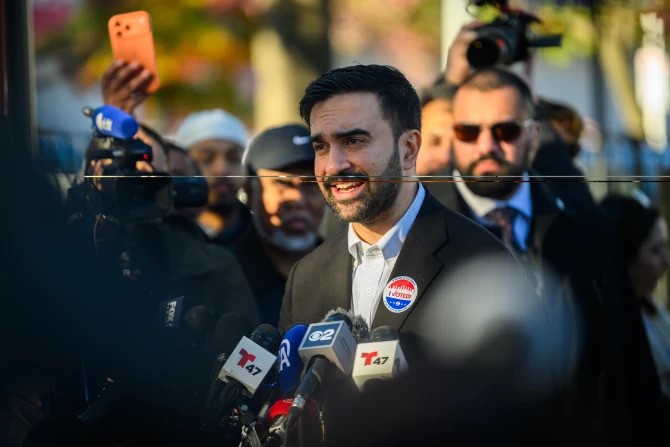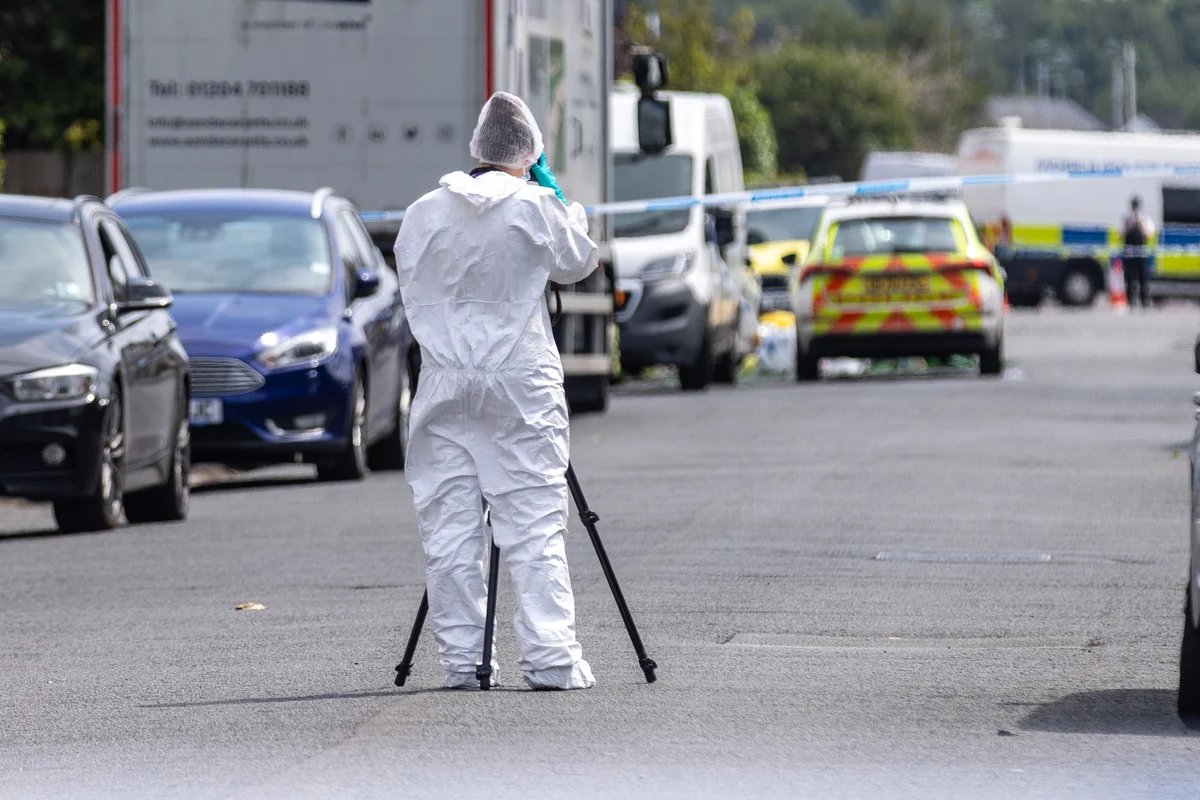Copyright WJLA

Apart from the numerous military installations and government buildings in our area, our public schools may be some of the most secure buildings in the DMV. AI-driven weapons detection systems that can instantly send an alert to a staffer’s phone when a weapon is detected by a school security camera; facial recognition cameras that alert when persons of concern are identified on campus; vape sensors in bathrooms, equipped with aggression detectors, and lockdown buttons that can secure an entire school in a matter of seconds. That’s just some of the technology in area schools, which helps to explain why the estimated $3 billion school security market is thriving. The 7News I-Team recently asked each of the eight major public school districts in the DMV a series of questions related to school security. We wanted to know everything from what school districts are doing to ensure physical security (weapons detectors, controlled access points, school resource officers) to what’s being done to assess threats of violence. We also asked about the mental health resources that are available to students. Interactive map shows what your school district is doing: As the I-Team recently reported, the latest generation of metal-weapons detectors, powered in part by AI algorithms and now present in several area school districts, have limitations and often miss smaller-bladed weapons. No weapons detection is perfect. In late October, Baltimore County police handcuffed and detained a group of teens when an AI weapons detection system mistakenly identified a bag of chips one of the teens was holding as a handgun. “There's still a lot of questions about exactly how effective this technology really is, particularly because it's so new and because it's evolving.” James Densley, co-founder of the Violence Prevention Project, recently told 7News. Densley is a criminology professor at Metropolitan State University. Along with his colleagues, he’s studied nearly 200 mass shootings dating back to 1966. Mass shootings are defined as having four or more victims who died from the use of a firearm in a public space. The original Violence Prevention Project database includes fifteen K-12 school mass shooting incidents. But there’s an additional database where more than 300 K-12 school homicides from the past 25 years have been listed. “We're looking at all aspects of the perpetrators' lives and the context around those crimes to try and understand how they did it, why they did it and anything that might be illustrative for prevention,” Densley said. Densley said it’s important to remember that nearly 75% of school shootings don’t occur in school buildings. They happen outside, in parking lots, playgrounds and school sporting events. And, Densley said, more than 92% of the time, school shooters are on a suicidal path. “School mass shooters in particular almost intend to die in the act. It's intended to be a final act,” Densley said. “When your intent is to die, you're not calculating the fact that you're gonna’ get caught in a metal detector.” Tom McDermott is the K-12 Safety and Security Coach for CEIA USA, which these days sells roughly 60% of its weapons detection systems to school districts. The company recently inked a $4.2 million deal to install its systems in all Fairfax County middle and high schools this fall. McDermott acknowledges the CEIA OPENGATE would have “zero” impact on an active school shooter who is on a suicidal path. “It's for a concealed weapons detection,” McDermott said. “It's not going to tackle a mass shooter.” For years, policymakers have argued about the need for more school resource officers within our public schools. In a peer-reviewed study, Densley and his colleagues examined 133 school shootings or attempted shootings from 1980-to-2019 and found “armed guards were not associated with significant reduction in rates of injuries.” Densley and his colleagues found “the rate of deaths was [nearly three times] greater in schools with an armed guard present.” “When school resource officers were on the scene, we actually saw that the death count went up,” Densley said. Densley is not suggesting there’s a causal connection between the presence of school resource officers and deaths and notes that there are multiple examples of school resource officers not only preventing violence but also acting heroically to save lives during active shooter incidents. Mac Hardy, Director of Operations with the National Association of School Resource Officers, told 7News the number of attacks each year is far outnumbered by those thwarted by school resource officers and counselors. Those cases, Hardy said, never receive media attention. “Students learn better, teachers teach better when they feel safe,” said Hardy, a retired sergeant from the Hoover, Alabama Police Department, who worked for twelve years as in the School Services Unit. “We need to solve the problem. What is causing this stress in a student that’s making them think about hurting others or hurting himself or herself?” Hardy said. Hardy said even his organization doesn’t know how many school resource officers there are nationwide. No organization or government agency tracks that data, Hardy said. There’s a similar lack of information surrounding the number of firearms in schools. Schools are not required to report the data. A Department of Education survey, from the 2021-2022 school year, found nearly 5,000 public school students had brought firearms to school, more than any school year dating back to 2011. The CDC found 3.5% of high school students -- roughly 605,000 students -- had carried a handgun within the past year, but it’s not clear how many of those students took those guns to school. “Only 60% of gun incidents are high schools,” said Tom McDermott of CEIA USA. “That means 40% are elementary and middle school. So, little kids are bringing guns: 3-year-olds, 5-year-olds, 7 years, 10, are bringing guns to school, because they're just lying around the house.” Perhaps the most troubling example of that happened in Virginia in January 2023 when Abby Zwerner, a former Newport News first-grade teacher, was shot by her 6-year-old student. On Thursday, a jury awarded Zwerner $10 million in a civil trial. Zwerner had filed suit against her ex-assistant principal, Ebony Parker, alleging Parker failed to act on concerns that the student had brought a gun to school. Zwerner has said she won’t return to the classroom. But in a 2023 analysis of the opinions of current teachers conducted by the Pew Research Center, 69% of teachers said improving mental health screening and treatment would be extremely or very effective in preventing school shootings. Only 33% of teachers said the same about metal detectors in schools “You're missing a huge slice of the pie if you're only focusing on fortifying the building itself,” Densley said. “Where I would put the money is in people, not in products.”



